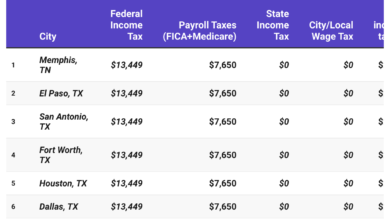A significant number of individuals are currently unemployed due to extended periods of illness says study

The number of individuals unable to work due to long-term illness has reached an all-time high, with 2.55 million people affected. Additionally, there has been a decline in the number of employees on payrolls, marking the first decrease in two years.

According to the Office for National Statistics’ May 2023 labor market report, the number of individuals on long-term sick leave increased by 438,000 from January to March 2023, causing them to not actively seek employment.
In April 2023, the estimated count of payrolled employees stood at 29.8 million, indicating a decrease of 136,000 compared to the figure reported in March 2023. This decline represents the first decrease in total payrolled employees since February 2021. However, it is important to note that the ONS advises treating this as a provisional estimate until additional data is collected next month.
During the first quarter of the year, the unemployment rate experienced a slight increase of 0.1 percentage points, reaching 3.9%. This rise was primarily influenced by a surge in the number of individuals unemployed for over 12 months. Nevertheless, it is worth noting that a remarkable net influx of individuals transitioned from economic inactivity to employment, setting a new record.
Neil Carberry, the chief executive of the Recruitment and Employment Confederation, expressed concerns regarding the significant proportion of economically inactive individuals due to illness, emphasizing the slow progress in addressing overall inactivity.
A year has passed since the Office for National Statistics (ONS) reported on issues such as high worklessness, labor shortages, and elevated inflation, yet there has been insufficient improvement. These persistent challenges are impeding economic growth by limiting companies’ capacity to expand.
Carberry emphasized the importance for employers to adopt innovative hiring practices that prioritize flexible work options and engage employees effectively. Additionally, he urged the government to develop a comprehensive industrial and workforce strategy, which should include a sensible approach to immigration and reforms in skills development.
According to Ben Harrison, the director of the Work Foundation at Lancaster University, the government should reconsider its commitment to implementing an Employment Bill. This bill would enable thousands of individuals to enter the workforce by offering flexibility from the very beginning, thus helping them manage long-term health conditions while working.
The number of individuals on long-term sickness has reached a record high of 2.55 million, suggesting a significant shift is necessary to bolster the UK workforce. Harrison believes that a different approach is required to address this issue effectively.
Employers have continued to reduce their recruitment efforts, resulting in a decline of approximately 55,000 job vacancies between February and April 2023 compared to the previous quarter. This marks the tenth consecutive quarterly decrease in available job positions. The Office for National Statistics (ONS) reported declines in job openings across 14 out of the 18 sectors it tracks, with the financial and insurance activities sector, as well as the mining and quarrying sector, experiencing the most significant decreases.
In the first quarter of 2023, the growth rate of average weekly earnings in Britain remained below the rate of inflation. Adjusted for inflation, total pay, including bonuses, experienced a decline of 3% compared to the same period the previous year. Similarly, regular pay decreased by 2% when compared to the corresponding period of the previous year.
During January to March 2023, the average consumer prices index, which includes housing costs (CPIH), stood at 9.0%.




